Prado Museum in Madrid
Prado Museum in Madrid
Amazing exhibition of paintings, symbol of Spain and one of the most significant collections of European art– the National Museum of Art and Culture received a lot of great reviews. You can see Prado Museum– the dream of any tourist.
History of Prado Museum
First of all, the building of this museum represents a great historical value. It was constructed according to the plan of the architect Juan de Villanueva from 1785 to 1808 год and is considered the monument of late classicism. The museum originates from the monarchial past of Spain, as the royal paintings form the base of collection.
For many centuries, the split country didn’t have such custom as passing the works of art from generation to generation. After the kings’ deaths, their pictures were always sold. Only after the liberation from Arab conquerors, unification and consolidation of Spanish monarchy, collecting the modern paintings became the matter of honor of the Madrid court. Especially successful were the pioneer of this tradition Carlos I (1527-1598) and his legal heir Phillip II (1527 – 1598).
Due to their exquisite taste, the future museum was enriched with the priceless works of early Dutch and Italian art. Although both kings called themselves “the defenders of the faith” and prohibited the depiction of naked body, they willingly bought the paintings of Titian with his sensual Venus. The clear example of such work is “Venus with organist and Cupid”.
These collections were opened only to the court aristocrats and presented in the royal palace El Prado. And the rest of subjects of the crown had to contemplate the religious painting to strengthen the Catholic faith.
Not all the royal descendants had passion for art, but, luckily, they were enough to complete the collection with the works of Rubens, Jordaens, Van Dyck, German and French artists. Prado Museum is world-famous due to the works of Francisco de Goya, Velazquez and other representatives of Spanish art school.
The building of museum starts in 1785. The place for it was chosen in the Prado Park. During the war with Napoleon, the building and the collection were seriously damaged.
The King Fernando VII (1784 -1833) provided the further development of the project. He was an expert in art collections of Louvre.
Prado Museum today
In 2019, Prado will celebrate its two-hundredth anniversary – it was first opened on the 18th of November 1819. During this time, its collection was enriched with the collections of the San Fernando Royal Academy of Fine Arts and the paintings from the private collections. In 1971, the museum started to own all the funds of the National Museum (formed mostly by the church treasures, confiscated during the mass closure of monasteries).
The major asset of the museum is the masterpieces of the Spanish masters: Velazquez, El Greco, Murillo and Goya. Here you can also find the works of unusual Spanish painter Hieronymus Bosch, who can be called the predecessor of modern surrealism.
The second largest collection is the works of Dutch artists, including the representatives of Flemish and Dutch schools. No one museum can boast of such fabulous collection of Ruben’s women, as the main customer was the royal court, generously paying to the artist. After Ruben’s death, the painting left to his widow, were also redeemed to enrich the treasury.
Apart from Spanish, Dutch and Flemish school, Prado represents the huge collection of Italian (Titian, Veronese, Tintoretto, Gorreggio, Caravaggio and Rafael), French, English and German artists. So far, the museum counts more than 8 thousand exhibits: paintings, frescoes, sculptures, drawings and prints. Unfortunately, only a third of these is displayed, while the others (owing to lack of space) are held in stocks.
We can talk about the picture of Prado Museum endlessly. However, even the most colorful description pales beside the magnificence of reality.


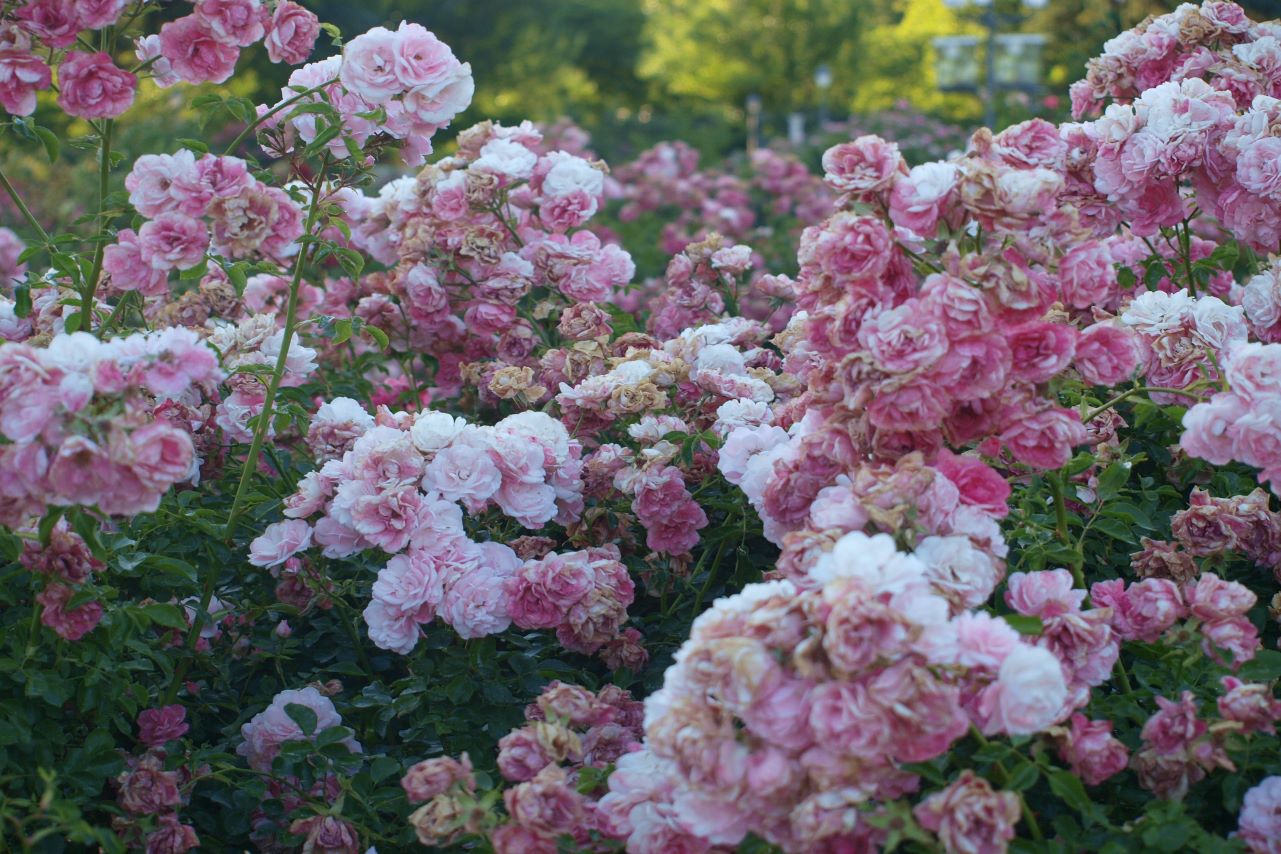
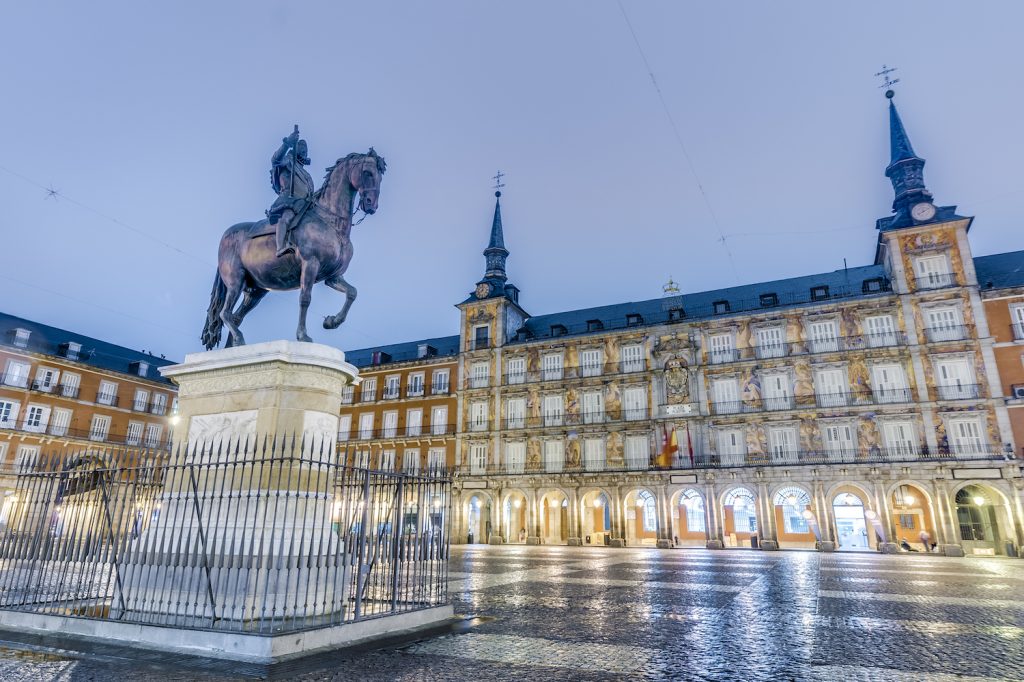
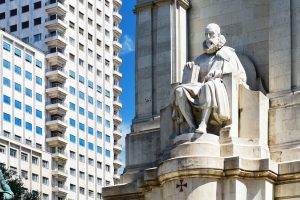
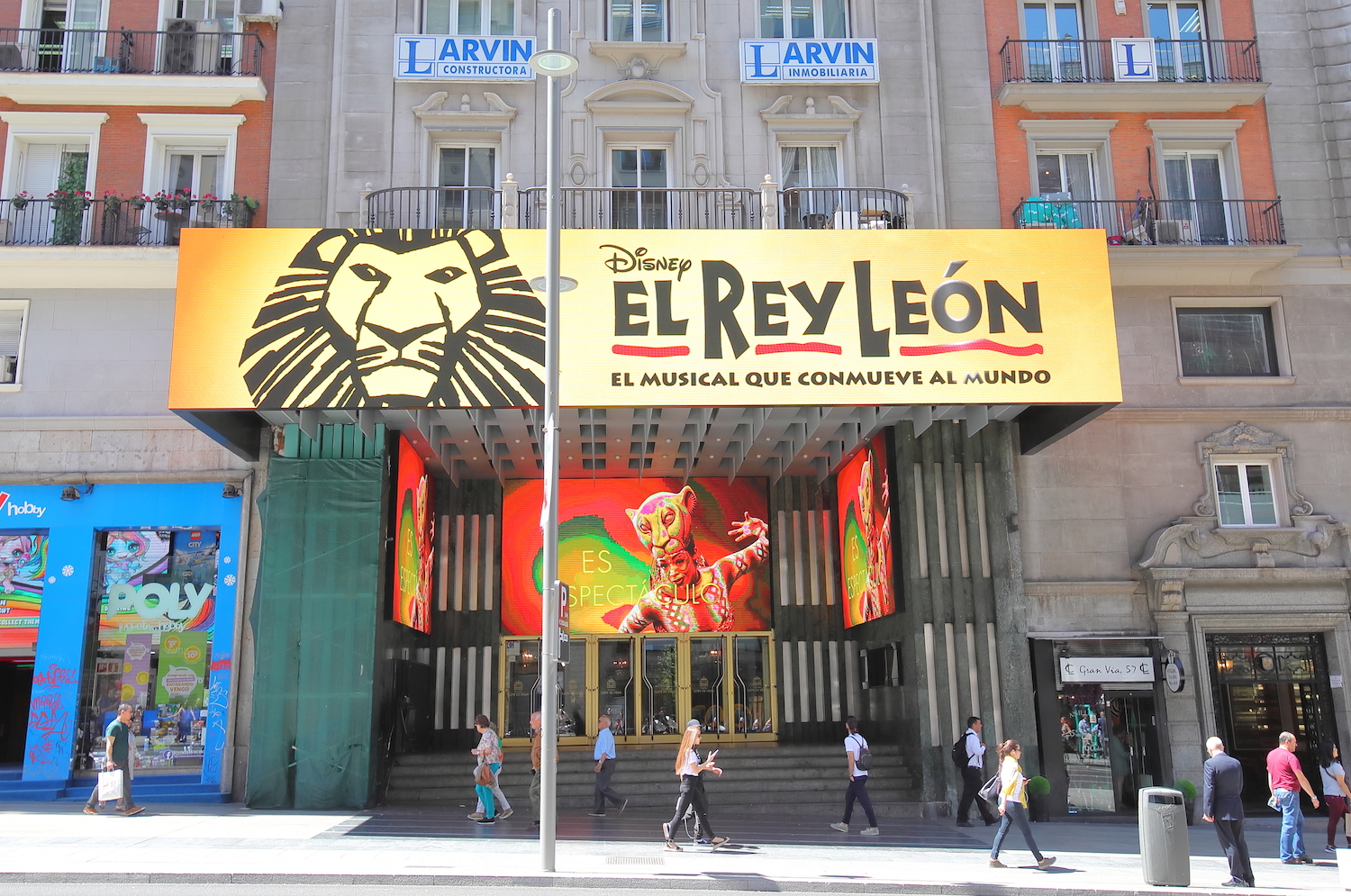
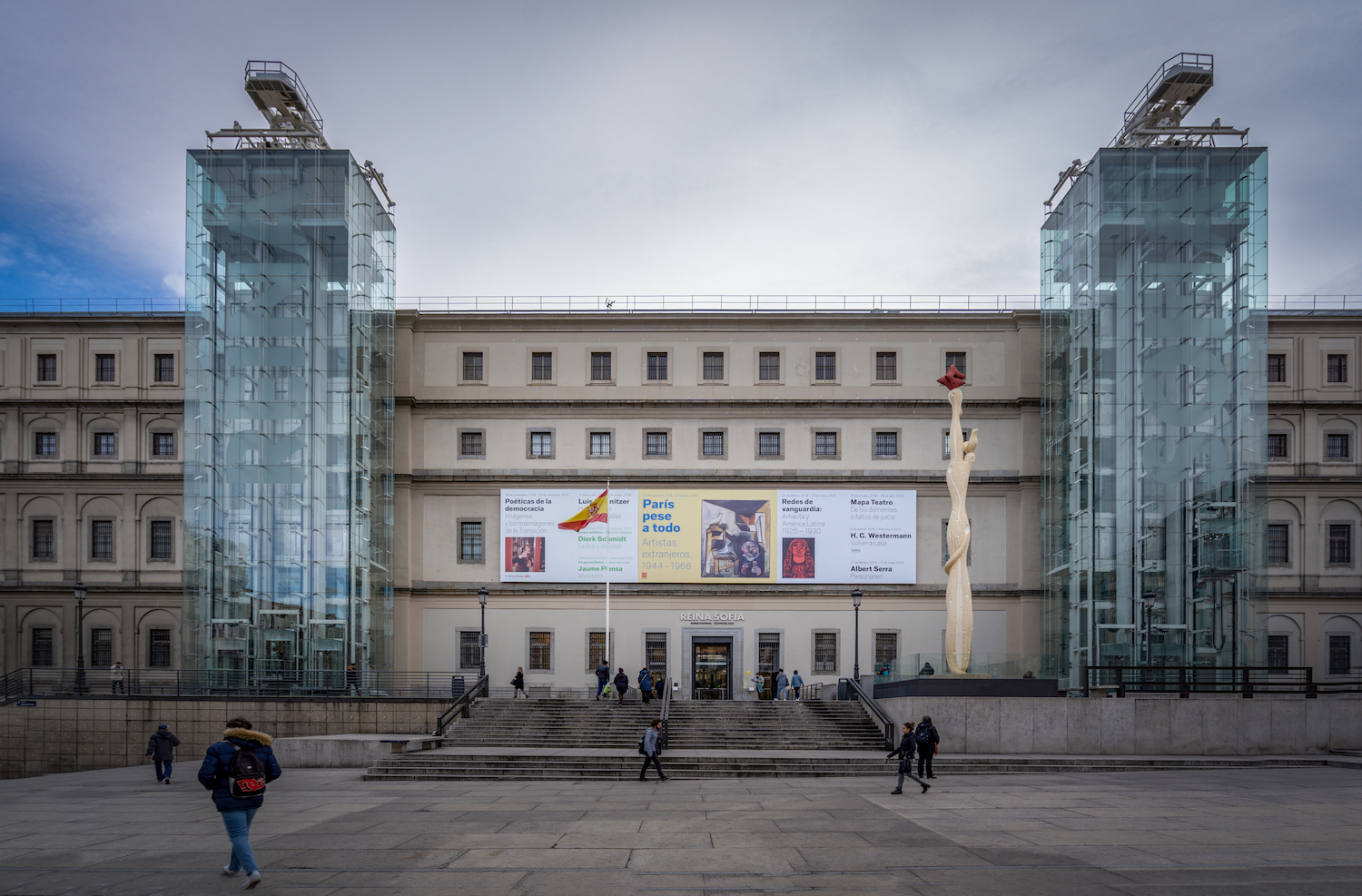

Comments